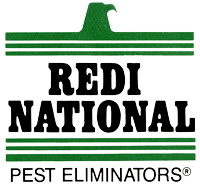How to create a tick-safe zone in your yard?
### Creating a Tick-Safe Zone in Your Yard: An Introduction As the warmer months approach, outdoor activities become synonymous with leisure, gathering, and family fun. However, with the beauty of nature comes the lurking threat of ticks—tiny arachnids that can pose significant health risks, including Lyme disease and other tick-borne illnesses. It is vital for…
